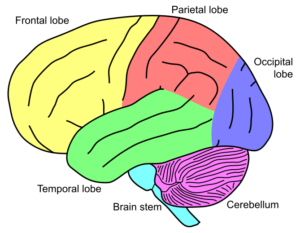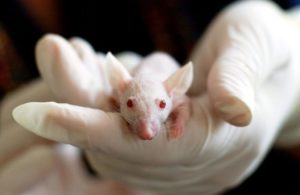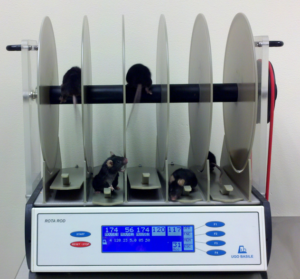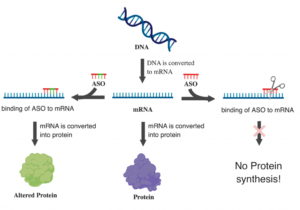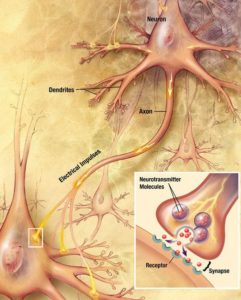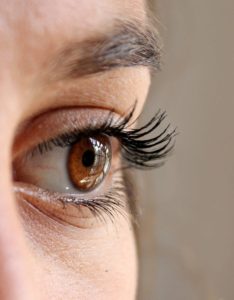
VEGF-mimicking nanoparticles improve SCA1 disease phenotype in mice
Written by Dr. Chandrakanth Edamakanti Edited by Dr. David Bushart VEGF nanoparticles offer a new avenue for developing treatments for SCA1 and other neurodegenerative disorders Spinocerebellar ataxia type 1 (SCA1) is a neurogenerative disorder with symptoms that typically begin in the third or fourth decade of life. The disease is Read More…


